Alum Sam Moore, managing director of public history for the Missouri Historical Society, talks with UMSL history students about the future World’s Fair exhibit, scheduled to open in the spring.
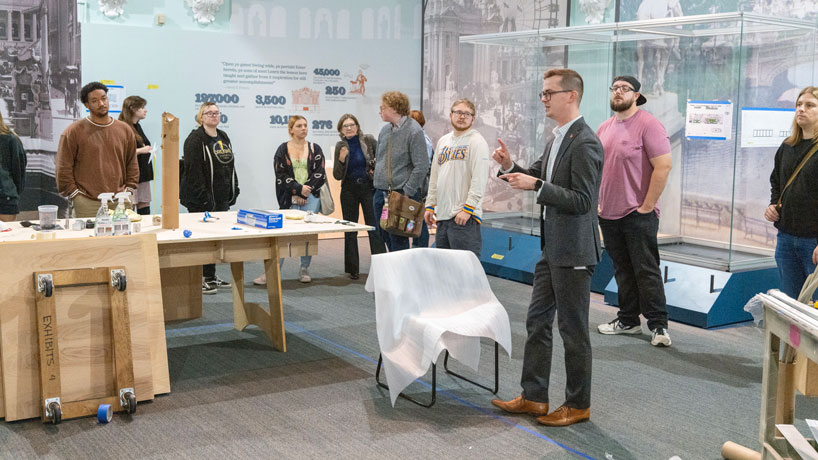
Search Filters

Alum Sam Moore, managing director of public history for the Missouri Historical Society, talks with UMSL history students about the future World’s Fair exhibit, scheduled to open in the spring.
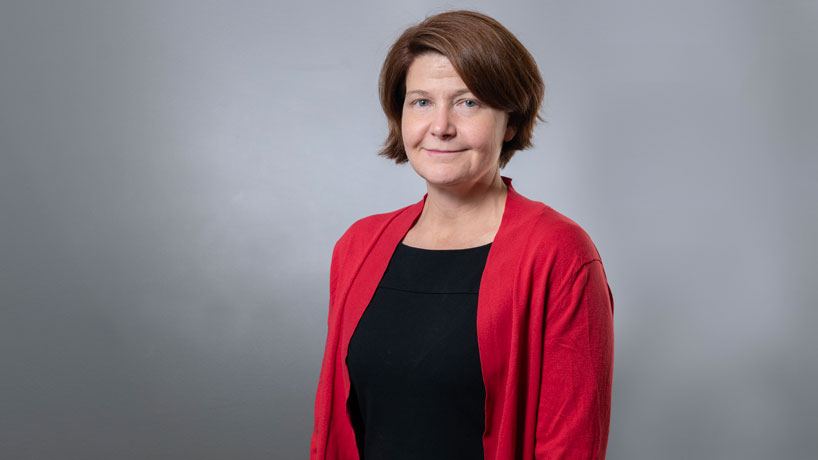
Slocum has been leading a team of researchers studying people’s feelings of community safety with the support of a grant from the MacArthur Foundation.
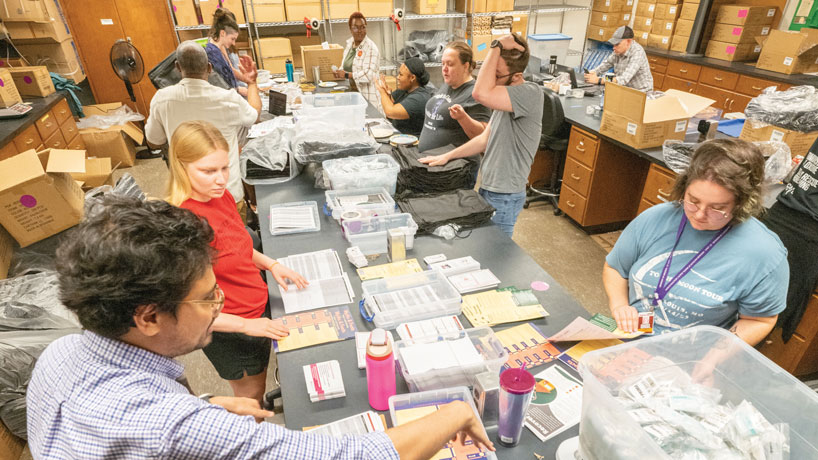
The team packs and distributes more than 3,000 overdose prevention kits each week with doses of naloxone and information about treatment for addiction.
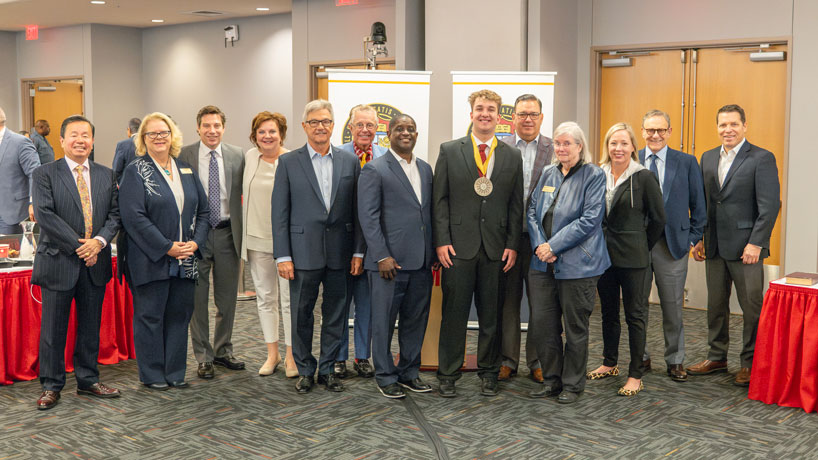
Campus photographer Derik Holtmann captured scenes from the day, including the presentation of the Remington R. Williams award to biology major Alexander Entwistle.
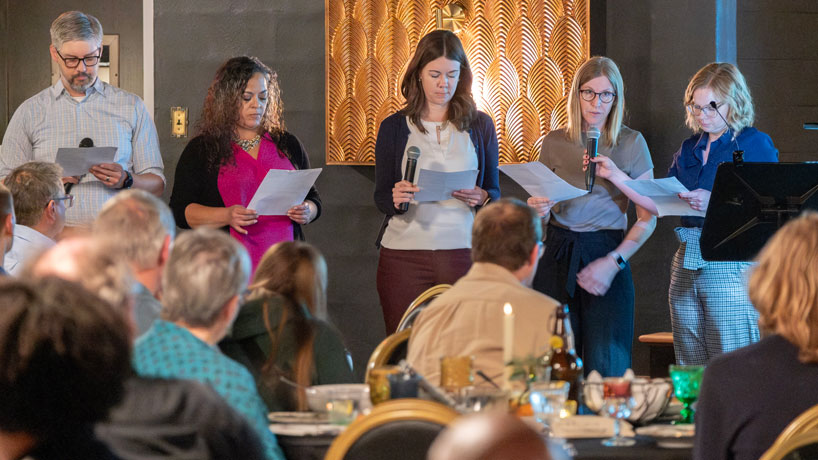
Playwright José Cruz González helped lead the fifth iteration of the collaborative, which pairs MIMH researchers with artists and is designed to help unlock their creativity.
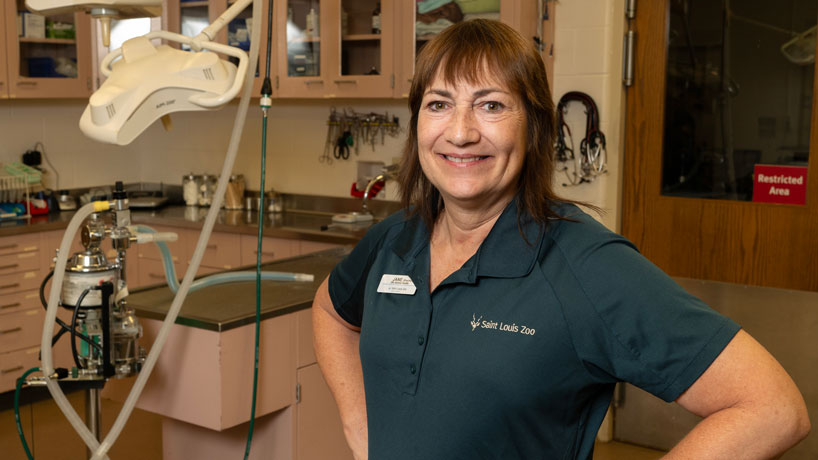
Merkel earned bachelor’s and master’s degrees in biology from UMSL and did research in the lab of Patricia Parker, then the E. Desmond Lee Endowed Professor of Zoological Studies.
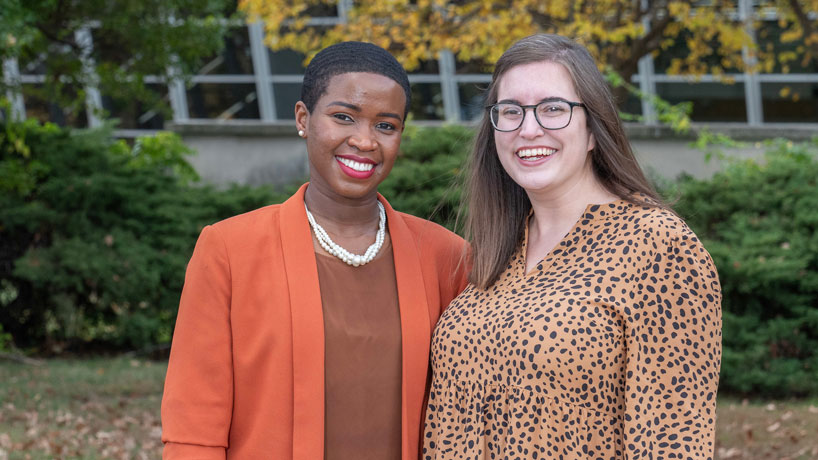
UMSL counseling interns will receive tuition assistance and stipends while providing crucial mental health services to 13 high-need schools.
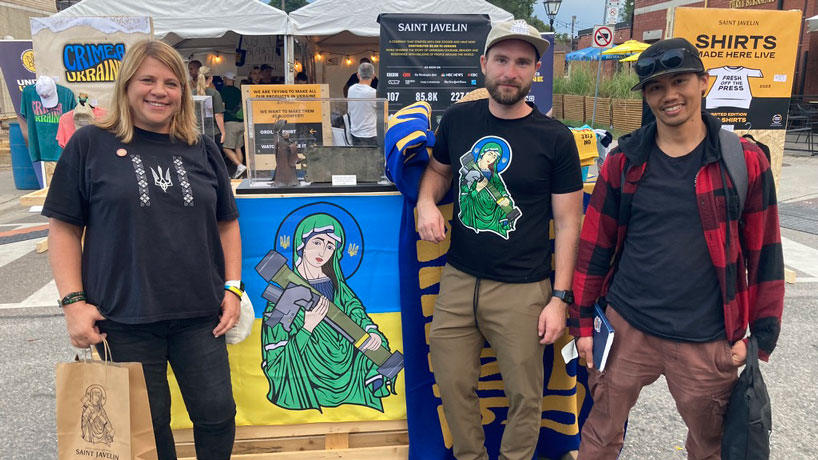
The Waterhouse Family Institute at Villanova University awarded Zwarun and her associate Richard Canevez at Michigan Tech a research grant to conduct the study.
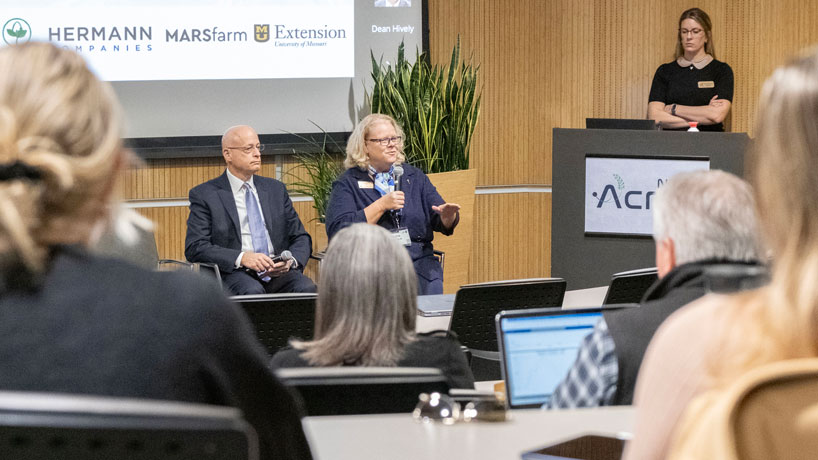
More than 50 consortium partners gathered at the Donald Danforth Plant Science Center in St. Louis County Thursday morning for the inaugural gathering.

UMSL faculty members will benefit from industry data to enhance their research and can also build case studies and tailored class projects to benefit students.